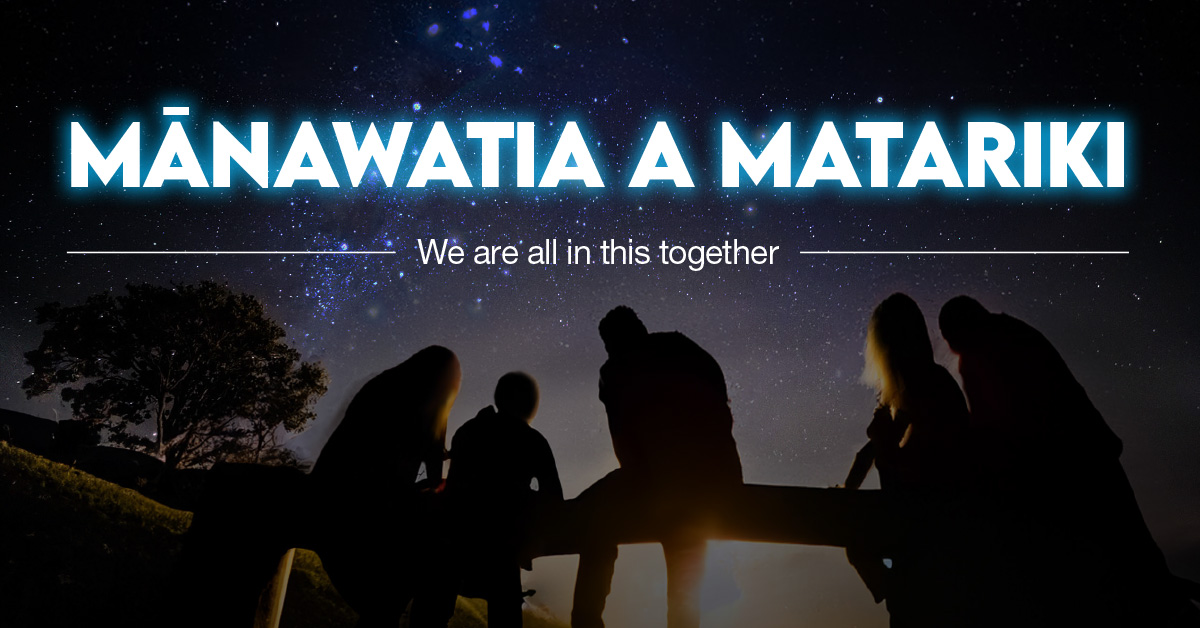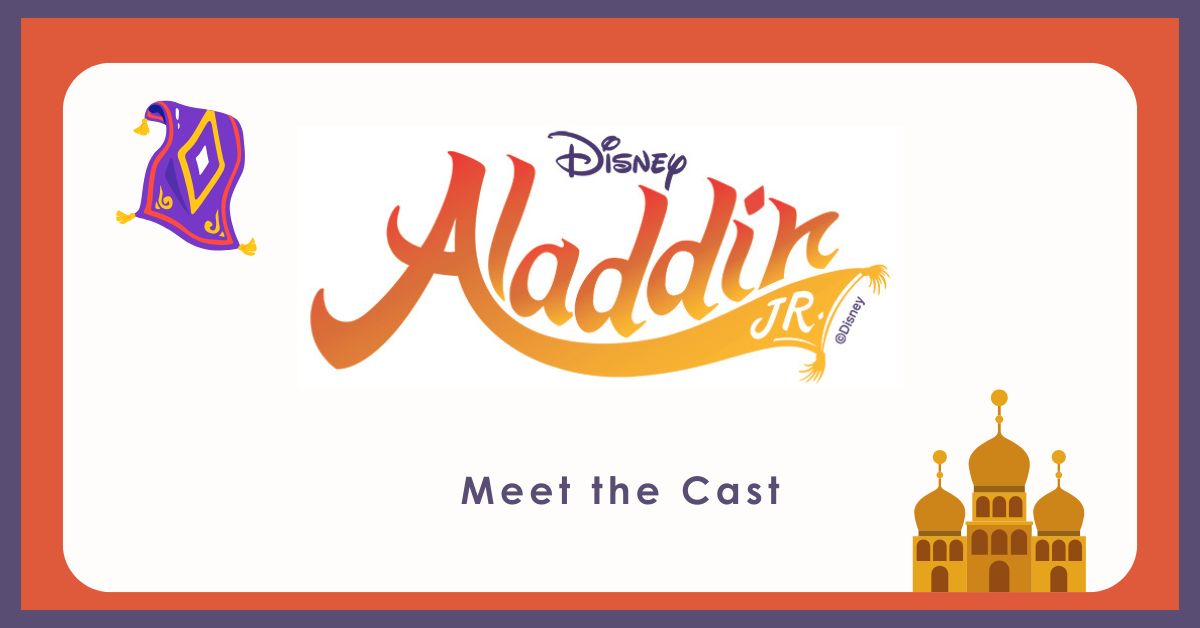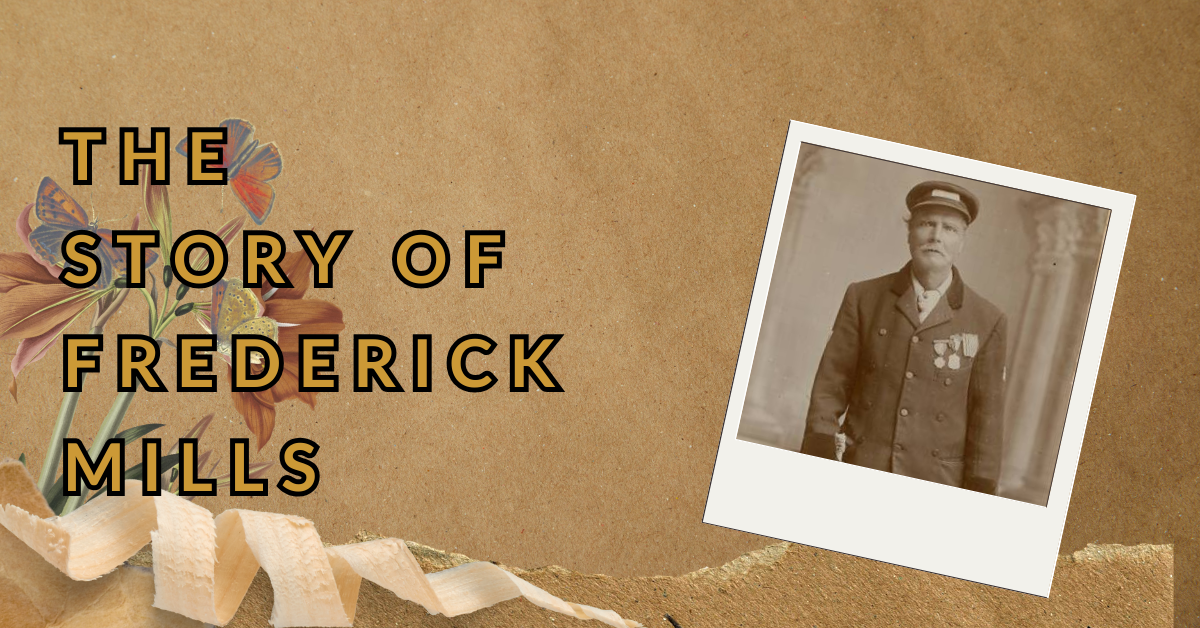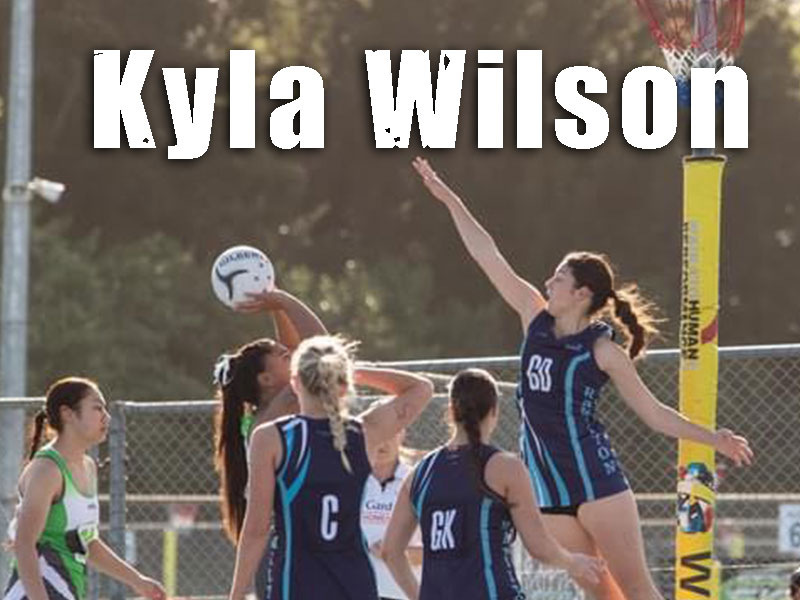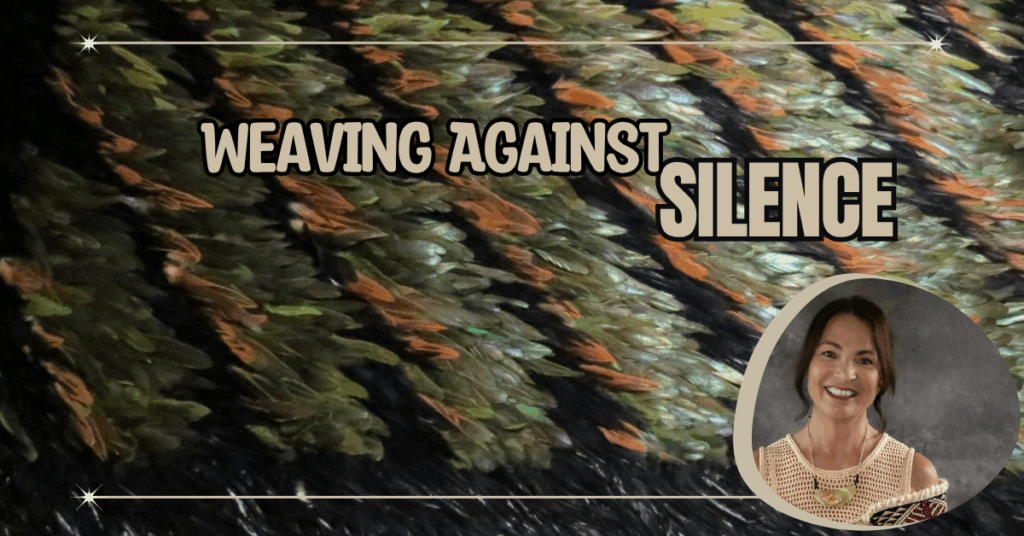
Sandy Gaskell and the art of Kākahu that speaks
Ko Putauaki tōna maunga. Ko Tarawera tōna awa. Ko Matātua tōna waka. Ko Ngāti Awa tōna iwi. Ko Sandy Gaskell tōna ingoa.
From her home in Whitianga, where her roots run deep through generations of family, Sandy Gaskell has been quietly and powerfully expressing stories of Aotearoa through the intricate, absorbing world of te whatu kākahu.
Only four years into her weaving journey, Sandy’s work already holds a strong voice. She began with kahu huruhuru – feather cloaks – as taonga for loved ones, but soon felt the pull to create pieces that speak to a broader historical truth. “I am inspired by historical events which have greatly impacted Māori,” she says. “Art allows me to express views about things that may still be difficult for many to talk about.”

Her work brings together traditional Māori weaving techniques with contemporary materials, not only for aesthetic effect but also to underscore the tensions and truths she explores. One recent piece, No.8 Wire, uses familiar and loaded imagery to question the legacy of Te Tiriti o Waitangi. “Te Tiriti, perhaps the first example of Kiwi No.8 wire ingenuity – a quick fix, a practical solution – here it is woven, barbed and broken,” she explains. The piece is a quiet protest: layered with tāniko, feathers, discarded quills and faded documents.
“While the ink fades on arguably NZ’s most important document, new laws are written and woven into our society – often without care for the meaning and mana of Te Tiriti.”
Sandy doesn’t call herself a full-time artist. She and her husband Eric have run Fun Zone Adventure Park in Whitianga for many years, raising their children and now enjoying their mokopuna. Yet the weaving has carved a meaningful place in her life. “Learning te whatu kākahu was an honour,” she reflects. “And I felt an obligation to learn more about the culture and history of Aotearoa.” That learning deepened her interest in colonisation, the New Zealand Land Wars, and the long shadow cast by land confiscations.
Her most treasured early works were deeply personal. Mere, made in honour of her Great Great Grandmother Mereteuia of Ngāti Awa, was gifted to her daughter Stacey. Another, Ngā Tama o Te Ngahere (Sons of the Forest), was woven for her son Daniel.

“I wove 27 generations of our lineage into the tāniko,” she shares. “It was quite an emotional journey. These taonga will be passed through the generations, hopefully keeping the memory and history of our whakapapa alive.”
This deep care for legacy is woven through all her pieces, whether personal or public. Her art isn’t about nostalgia – it’s about preserving knowledge and provoking thought. “Art can retain a connection, understanding, or bring knowledge of a history which need not be forgotten.”
In 2024, Sandy’s piece Mō Te Aroha Ki Te Whenua (For the Love of Land), which speaks to the loss of life and whenua during the Land Wars, was named a finalist at the Molly Morpeth Canaday Awards. And in 2025, her work No.8 Wire won the Māori Art Award at the prestigious 11th Hibiscus Coast Art Awards, judged by Holly Aymes and Dina Jezdic. Though she is modest about such recognition, both honours reflect the strength and significance of her artistic voice.
Her connection to Whitianga, where her whānau has lived since the 1800s, runs deep – but her creative spark reaches even further back. “My creativity doesn’t come from this place alone,” she explains. “It comes from our shared history, from the impact colonisation has had on tangata whenua. This is what interests me most.”
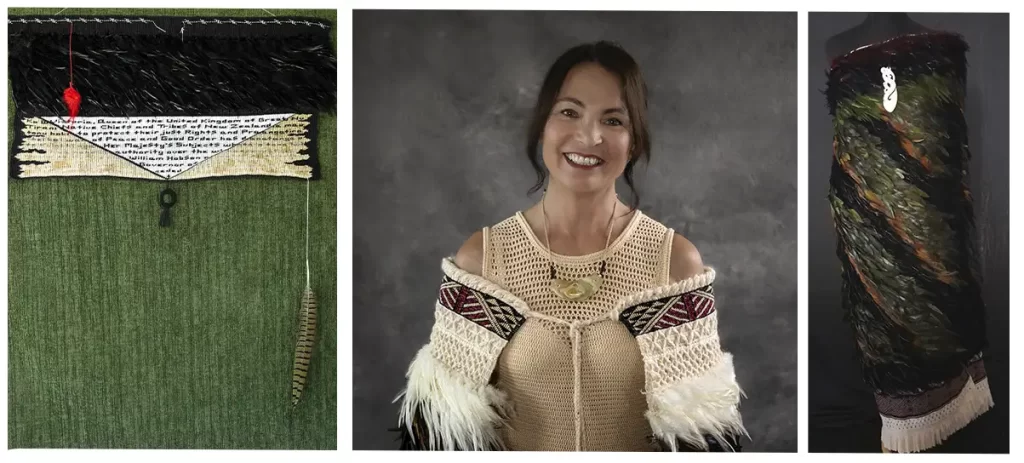
We were lucky to feature Sandy in the Coromind ArtWorks pop-up gallery this past summer. Her work brought so much life and mana to the space – drawing people in, inviting reflection, and reminding us that art can be a bridge between past and present, beauty and truth.
What’s next for Sandy? She says she’s waiting for the ‘ahhhh moment’ – the spark that leads to her next piece. “Inspiration can’t be forced,” she says. “Weaving takes time — and I’d be happy creating just one meaningful work a year.”
For Sandy Gaskell, weaving is a way of holding memory, shining light on uncomfortable truths, and keeping whakapapa alive.
Words by Leonardo Magri
Photos by Karen McLeod – www.karenmcleodphotography.com
Coromind: Coromandel’s Collaborative Magazine

Help us take Coromind Magazine to new heights by becoming a member. Click here
Change the Weather for Your Business: Advertise with Us.
Advertise your business in the whole Hauraki Coromandel in the coolest Coromandel Art Magazine, from Waihi Beach/Paeroa /Thames up to the Great Barrier Island.
Advertise Smarter, Not Harder: Get in Touch



